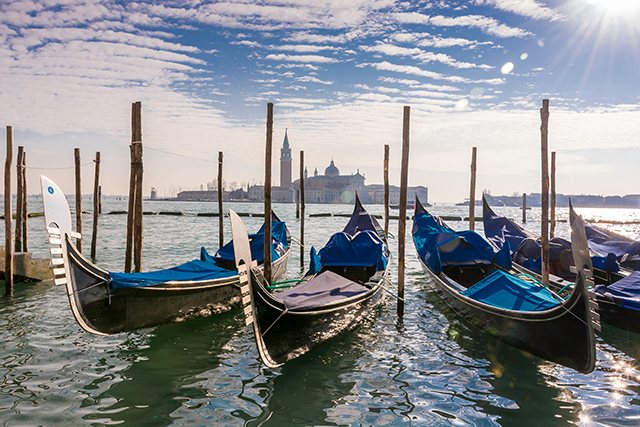The future of transportation: Autonomous boats that can be 3D-printed
07/22/2018 / By Edsel Cook

On your next visit to Amsterdam or Bangkok or Venice, that gondola you board might be driven by a robot instead of a human – and 3D printed rather than built. An article in Science Daily states that automated boats could one day ply the canals and rivers of cities, laden with cargo and passengers who want to avoid congested roads.
A fleet of such robot boats have already been designed by the Computer Science and Artificial Intelligence Laboratory (CSAIL) and the SENSEable City Lab of the Department of Urban Studies and Planning (DUSP). Both labs are run by the MIT.
The driverless boats are rectangular hulls that are fitted with hardware such as GPS modules, microcontrollers, and sensors. They are reportedly very maneuverable and easy to control. They can also be mass-produced using an inexpensive 3D printer instead of conventional or traditional production.
According to their designers, the autonomous boats can serve as water taxis and delivery vehicles. They will offer an alternative means of travel that can reduce traffic on the streets.
In the future, the boats will be able to perform deliveries, garbage and waste management, and other city services during the evenings. By operating during the night instead of the day, they will be able to clear up the waterways as well as the roadways.
The boats can also be programmed to dock together and form floating structures like bridges, concert stages, and floating platforms for events like food markets. This feature lets them free up space on land that would normally be taken up by an event that disrupts city transportation.
Another use for the boats would be to keep an eye on human and urban health. Fitting environmental sensors aboard the hulls would allow regular monitoring of a city’s waterways. (Related: Self-driving vehicles without human drivers now allowed in California.)
Driverless boats might ferry passengers and cargo on canals and rivers one day
The driverless boats are part of the “Roboat” partnership between MIT and the Amsterdam Institute for Advanced Metropolitan Solutions (AMS). They put a prototype through its paces in 2016; the boat followed a pre-programmed path and demonstrated its ability to go forward, backward, and to either side.
The new 2018 paper covered upgrades made to the design. The new boat features better control algorithms, improved agility, higher efficiency, and can be printed out.
The researchers used a commercial printer to print out 16 separate sections over 60 hours. The printed sections were spliced together and sealed with several layers of fiberglass.
The driverless boat finds its way using an ultrasound beacon system for indoor environments and a real-time kinematic GPS module for outdoor use. An inertial measurement unit keeps track of the boat’s performance.
The hull is rectangular so that a boat can move sideways and dock with other similar boats to form floating structures. The center part of each side mounts thrusters that move the boat forward and backward.
A nonlinear model predictive control (NMPC) algorithm monitors the position and orientation of the boat. The algorithm uses simple nonlinear mathematic models to handle several important parameters such as hull drag.
A second algorithm looked out for any unknown parameters that the boat may encounter on its course. Both algorithms are run by a predictive-control platform that can quickly make decisions and greatly speeds up the algorithms to millisecond speeds.
The control algorithms were tested aboard a smaller prototype boat in the calm waters of a swimming pool and the surprisingly strong currents of the Charles River. The researchers reported that the new algorithms performed better than their predecessors. Their next step is to increase the adaptive capabilities of the controllers.
Read more articles about robot-driven vehicles at Robots.news.
Sources include:
Tagged Under: 3D printing, boats, driverless boats, electric boats, future science, GPS, gps system, inventions, robot boats, robots, transportation




















